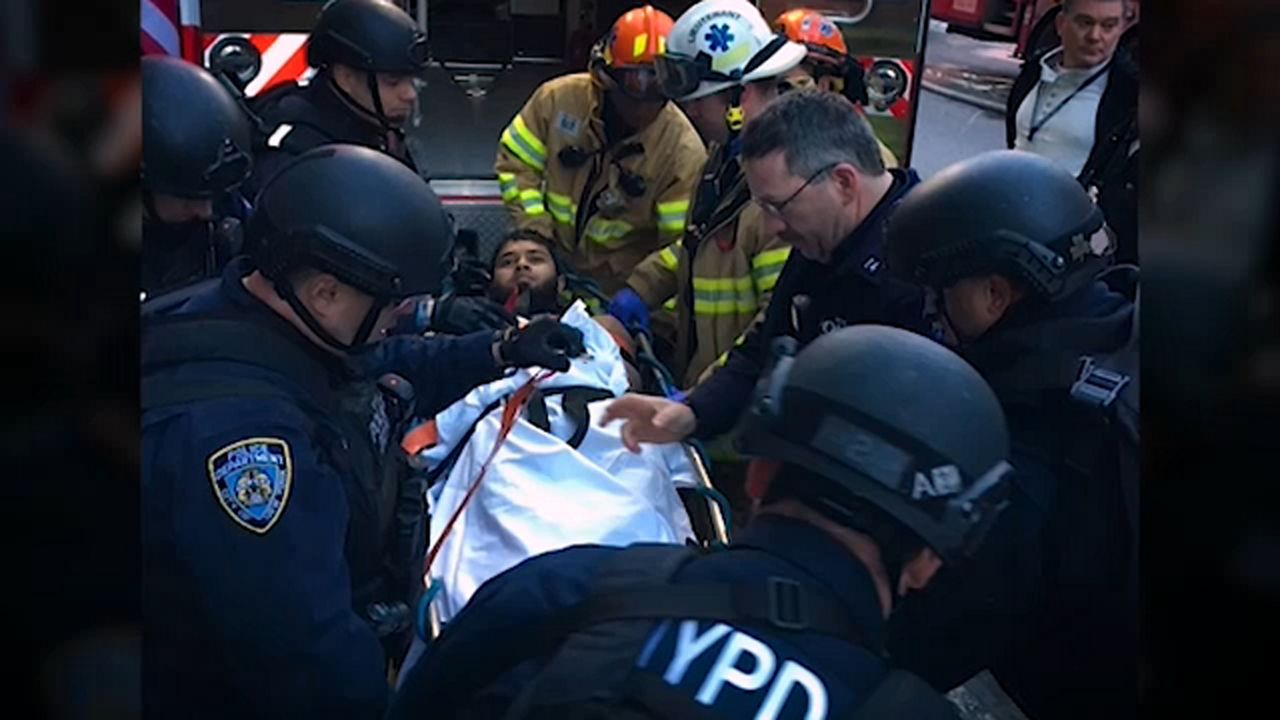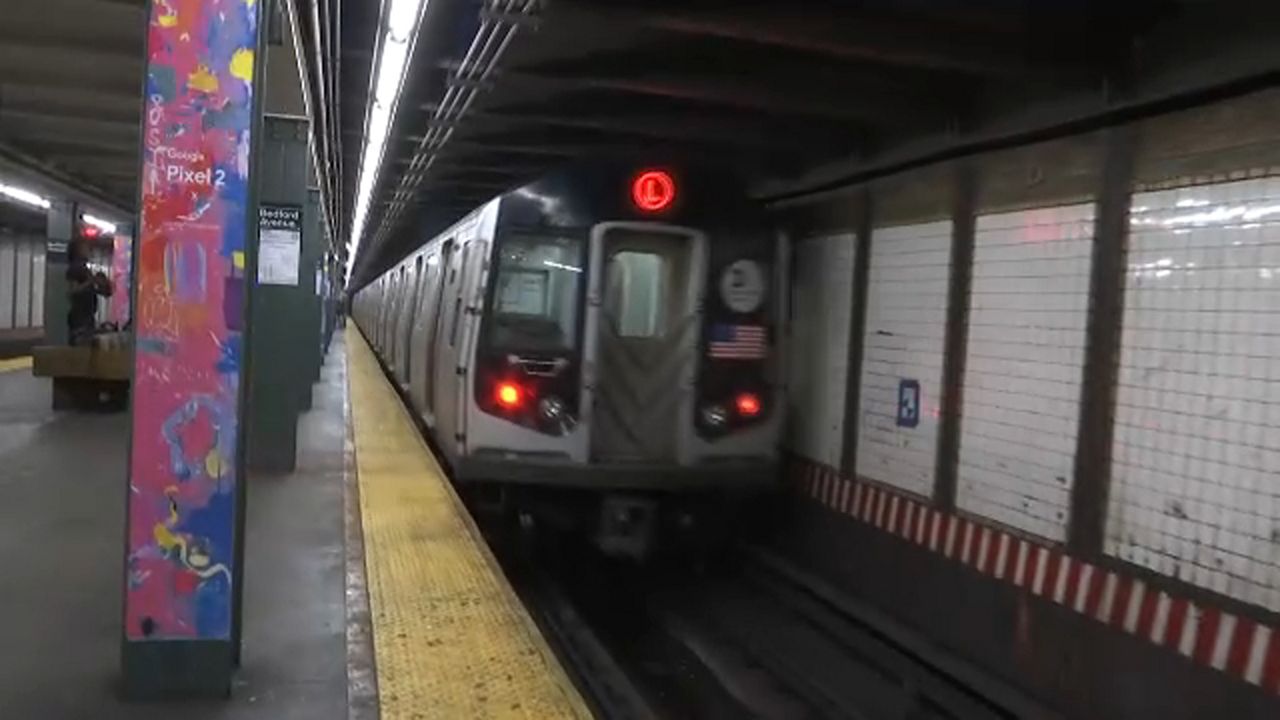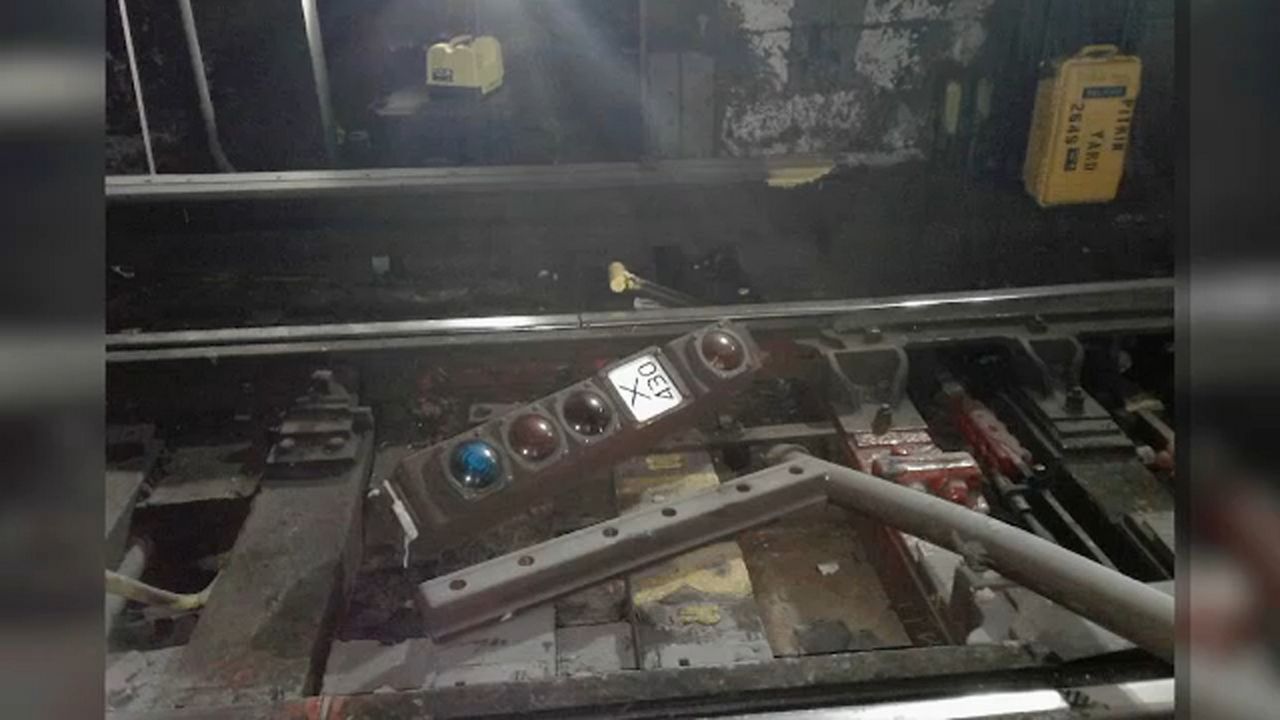2017 got off to a good start for straphangers with the opening of a long-delayed subway line. But the year quickly went downhill for the MTA and its riders. Here's a look back at the year that was for transit in New York.
The Second Avenue Subway rolls out

On the drawing board for nearly a century, the Second Avenue Subway opened on New Year's Day. Gov. Andrew Cuomo pushed for the project and took credit for getting it done. The new line extends the Q train into the Lexington Avenue-63rd Street station, before the train heads onto new stops at 72nd St., 86th St., and 96th St. But while the MTA touts it as a way for commuters to avoid the overcrowded Lexington Avenue Line, an oversight report sent in January to the Federal Transit Administration (FTA) states that line began service with more than 17,000 outstanding defects, and before final safety tests were completed. The report was first disclosed by The New York Times.
NYC Ferry launches

The governor took to the tracks with a joy, but the mayor soon rode on the sea — the Bill de Blasio administration launched a new citywide ferry service in early-May and then expanded it. So far, four routes have hit New York City waters, with stops in Midtown, Astoria, DUMBO, Long Island City, and other areas. More than $300 million have been invested in the ferry project overall, and, at a price of $2.75 a ride, New Yorkers took to the open seas like a storm: in less than three months, the ferries had seen one million riders. It wasn't all rosy for seafarers, however: the city scaled back service for the winter, and two ferry boats ran aground about a month apart, stranding passengers.
Delays, derailments, and declining service

As the year went along, the high from the transit improvements abated as subway delays piled up. There were 66,295 delays during the workweek in August alone, for example, and there were 64 major incidents on weekdays during the month. The declining service had some flashpoints, such as when an F train stalled for nearly an hour in early-June, trapping riders without lights or air conditioning in the packed subway car. Some riders said they dealt with claustrophobia, panic, and heat exhaustion while the train was stuck. In the same month, an A train whipped off the tracks in Harlem, injuring more than two dozen people and disrupting service on A, B, C, and D lines. In late-March and early-April, Amtrak saw its own problems, as two trains derailed at Penn Station within ten days. The derailments and the injuries were minor, but they resulted in major track repairs at Penn Station a few months later.
The "Summer of Hell" that wasn't

Cuomo made headlines when he predicted a "Summer of Hell" for commuters at Penn Station, once plans were finalized for major track repairs, but it was less painful than predicted for Long Island Rail Road and New Jersey Transit commuters. The trains didn't derail, and commuters gave themselves a little extra time to handle adjusted routes until early-September, when the repairs wrapped up.
Seat experiments

Trying to reduce overcrowding on the subways, the MTA began altering the seating in some subway cars. In early-October, the MTA started removing some seats from some E train subway cars to allow for more standing room; in late-October, the MTA started experimenting with locking up seats in half of an L train to pack in more commuters; and all seats were removed from a car on the 42nd Street Shuttle in late-November. The experiments garnered mixed reviews from commuters.
The end of the line for the MetroCard begins

In late-October, the MTA announced the rollout of a new fare system to replace MetroCards. The new payment system, which will gradually be implemented, will enable passengers to pay with the wave of a cell phone, as well as with certain credit or debit cards. If everything goes according to plan, the MetroCard will be swiped into history in 2023.
Countdown clocks appear on more subway lines

Later in 2017, countdown clocks begin appearing on most letter-line subway platforms, as trains used beacons and Wi-Fi to communicate estimated arrival times. But commuters questioned the countdown clocks, saying they display inaccurate information, especially on the lettered lines.. In early-December, the MTA started testing out the software on the clocks.
Botched subway passageway suicide bombing

Also in December, police started stepping up patrols after a botched suicide bombing in a 42nd Street passageway. Akayed Ullah, 27, suffered burns after he detonated an improvised low-tech explosive device during rush hour, but only a handful of other people were hurt and they suffered minor injuries.
Alternative routes for L train shutdown revealed

Later that week, the city transportation department and the MTA rolled out a plan to transport hundreds of thousands of L train riders who will need new transit options when an East River tunnel closes for repairs in April of 2019. As part of the plan, the M train will run to 96th Street and Second Avenue on weekends and during overnight hours during the 15-month shutdown.



